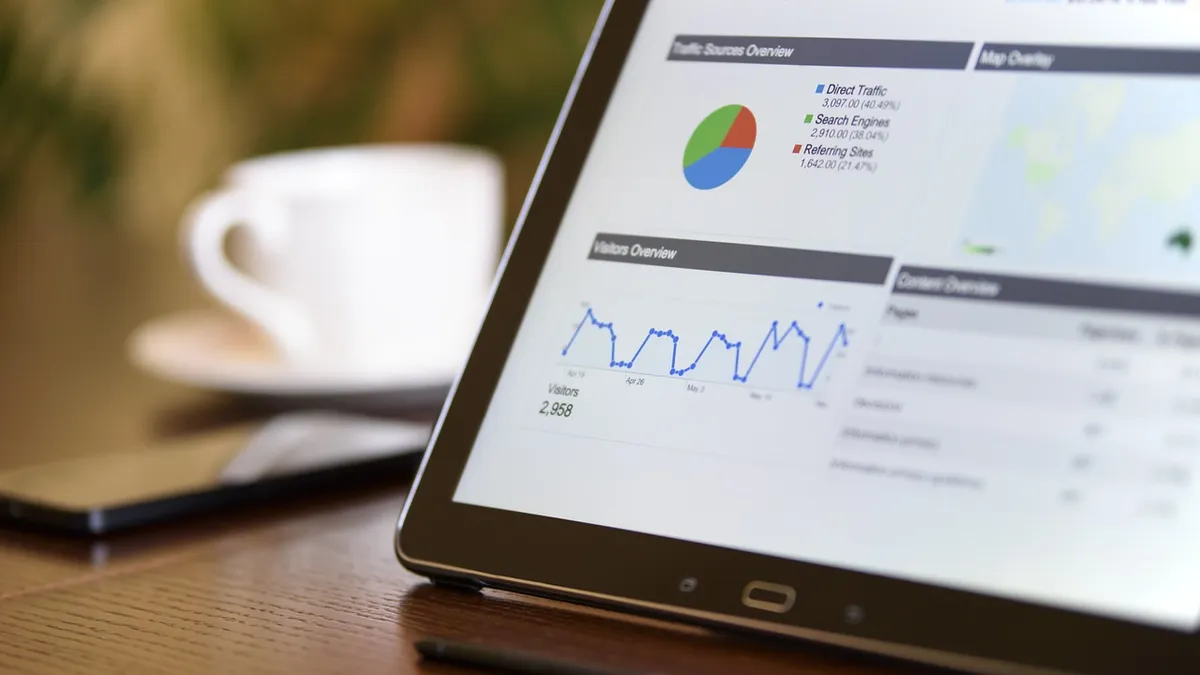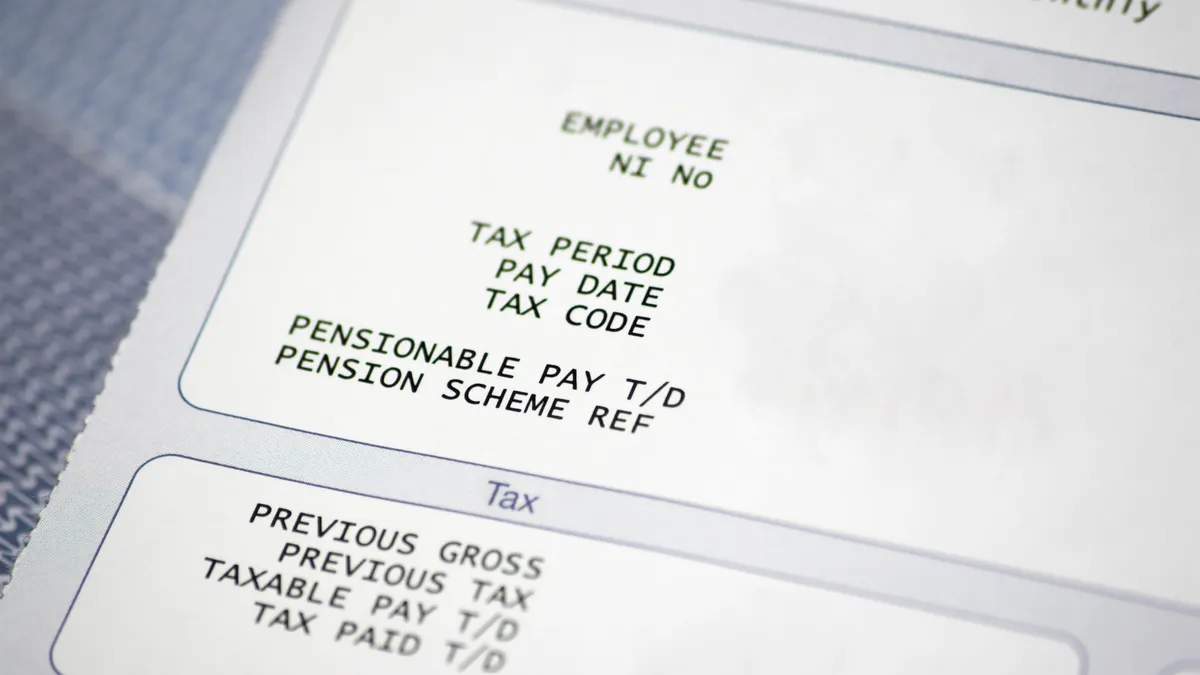This feature is part of a series focused exclusively on people analytics. To view other posts in the series, check out the spotlight page.
The term "people analytics" is being used more frequently in HR and management circles, and with good reason. People analytics as a discipline, and a corporate function, is taking off.
Deloitte Global Human Capital Trends 2016, a study of more than 7,000 human resources and business leaders from 130 countries, finds significant growth in the use of data as it relates to HR — in just the last year.
In 2016, 51% of companies are correlating business impact to HR programs, up from 38% in 2015; and 44% are now using workforce data to predict business performance, up from 29% last year. (graphic)
Meanwhile, a full 77% of executives now consider people analytics a key business priority.
How do we define it?
But what exactly is people analytics?
"I think it comes down to the discovery, interpretation and communication of measuring patterns in data to drive high quality people and business decisions," says Madhura Chakrabarti, Ph.D., people analytics research leader for Bersin by Deloitte, Deloitte Consulting, a leading research and advisory services firm.
Asking the right questions is very important, Chakrabarti says. You must also know what business problems you are looking to solve. Then, you apply data and analyses.
Where does it belong in the organization?
The use of analytics in HR is not new. Josh Bersin, principal and founder of Bersin by Deloitte, points out in a recent post at his personal blog that he's been studying the field for almost 20 years.
Chakrabarti traces people analytics back even further. She notes that in the field of organizational psychology, analytics have been used since the 1930s. "It [people analytics] has existed, but it has not been mainstream until the last five to six years," she says.
Why has HR been so slow to embrace analytics?
"Legacy HR has been risk averse and compliance oriented," Chakrabarti says.
HR has also tended to be reactive, she explains. In the past, when HR relied on data, it was to look back.
All this, she says, raises the question: Does people analytics even belong in HR?
Some organizations are in fact taking the function out of HR and placing it in operations or in a business unit with other analytics. Nevertheless, regardless of where the function resides, it is still closely aligned with HR.
Another issue that has slowed the adoption of people analytics is lack of available talent. HR traditionally has not included analytics people. However, Chakrabarti says this is beginning to change. Industrial and organizational psychologists and people with data science backgrounds are now entering the HR profession.
What is pushing its growth?
Availability of talent should certainly fuel continued growth of people analytics.
But one of the main reasons people analytics is taking off is availability of data, and the interest in and ability to integrate that data. Organizations now have recruitment, leadership and benchmark system data that can be accessed. Engagement, sales and customer data is also available.
Currently, that data may have to be pulled from seven or eight systems. In the future, when data resides on one technology platform or in one data warehouse, people analytics will evolve further. “It will make things very easy for the practitioner running the analyses,” Chakrabarti says. “It will be a huge leap.”
The marriage of internal and external data is another trend that will move people analytics forward. There is so much internal data that it’s already challenging for practitioners, but some organizations have started to go beyond and look at data available through social media and on Glassdoor, the jobs and recruiting site where people post company reviews and rate their employment experiences.
For example, with regard to engagement scores, a company might look at how internal data correlates with Glassdoor ratings and how to marry the two.
Another example is workplace flexibility. A company may find that workplace flexibility has a positive impact on internal data, but may want to find out how this benefit is perceived by people outside the organization.
The integration of internal and external data has begun, but at present the practice is the exception rather than the norm.
See Also: Top 5 trends impacting people analytics
What are organizations doing now?
So, where are people analytics efforts most frequently focused?
Head count and similar numbers aside, Chakrabarti identifies these areas:
- Engagement
- Diversity
- Retention and attrition
- Staffing and selection
- Performance management
- Employee lifecycle
- Leadership
Engagement is one of the top uses for people analytics because there is a clear connection between analytics and engagement. Using people analytics for diversity has become more common within the last one to two years as more companies share diversity data externally.
Retention and attrition, and staffing and selection are legacy topics, but have been expanded to include what makes people successful in particular jobs. Staffing and selection also includes looking at pre-employment hiring assessments and how that data compares to company results.
Performance management includes how to measure employee performance now that many organizations have eliminated the annual performance appraisal, as well as examining if the new process is working.
The employee lifecycle includes everything from onboarding to development to engagement to exit, taken in its entirety.
With regard to leadership, companies are studying it within the organization. This may include identifying areas where they need to a better job, such as identifying and developing high potential employees, and what makes leaders become successful or derail.
How might people analytics translate to real world practices?
Chakrabarti gives the example of an insurance company that found the No. 1 predictor of success in sales was whether a person had typos in his or her resume. Whether the person had experience in selling insurance was No. 2 or 3. After the company realized these were top factors, it changed its hiring criteria. The company saw improvement in sales within six months.
See Also: How HR can use analytics in a meaningful way
Where does it go from here?
What was once referred to as “workforce data” or “HR data” is today changing the way companies make business decisions, and every indication is that use of people analytics will continue to gain momentum.
For the organization new to people analytics, Chakrabarti offers advice: See what the business needs are. This is where companies frequently miss the mark, she says.
Then, once the business needs have been identified, ask if there is a talent component. If the answer is yes, see what data is available to answer the questions.
Don’t focus on how advanced your analytics are, she says; rather, determine if you are able to answer the question the business is asking.
Finally, make sure you have accurate, timely data. “You cannot be doing analytics if your data is not correct,” Chakrabarti says.



















